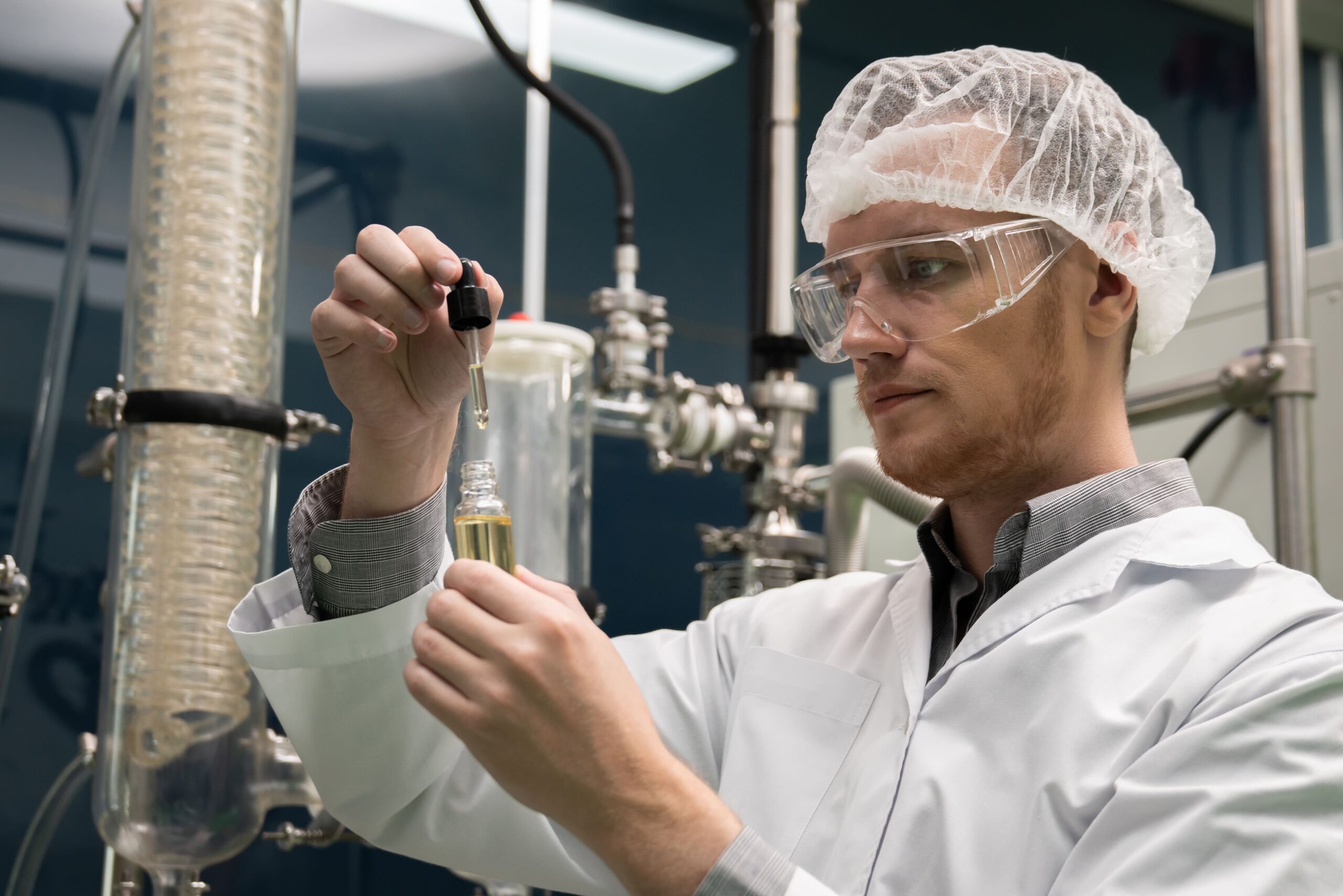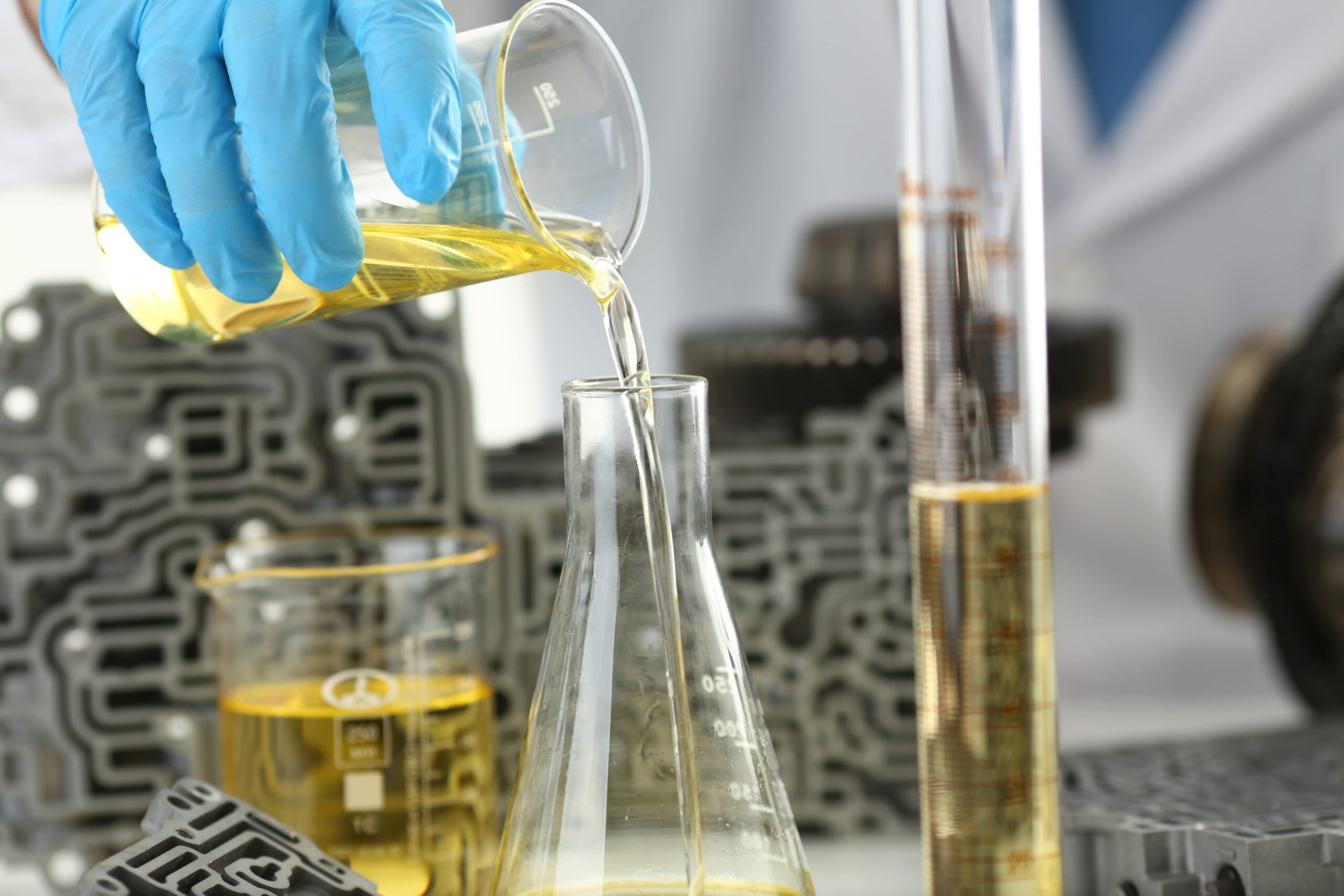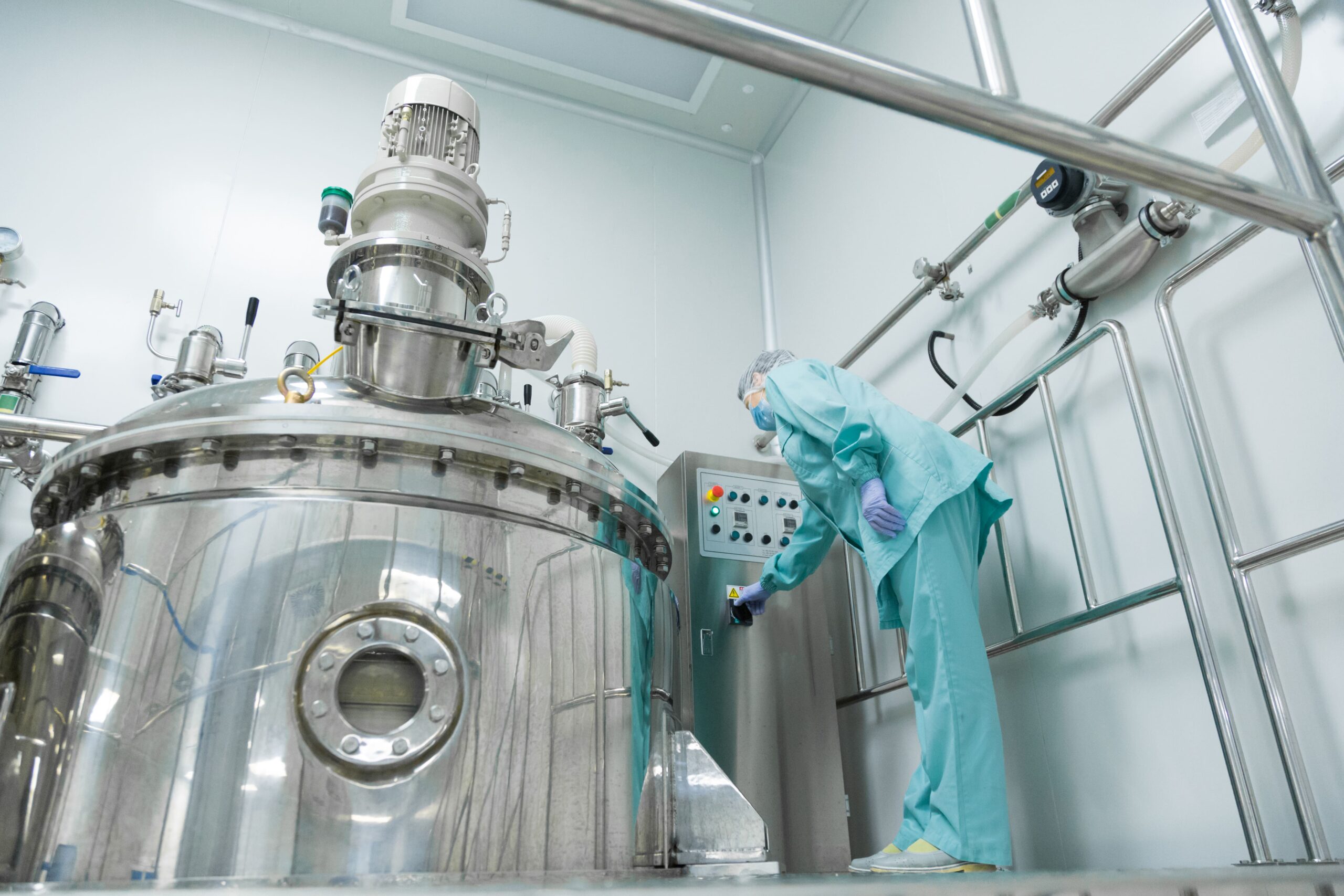Introduction
As we focus on the chemical manufacturing sector of India, let us start by looking at the bigger picture: the industry is booming. On this growth trajectory, this sector has become the backbone of numerous other industries, contributing around 7% to the country’s GDP and ranking as the sixth-largest globally. Valued at $220 billion in 2024, the sector is expected to reach $300 billion by 2025, driven by rising domestic demand, policy support, and sustainability-focused innovations.
With increasing investments and a shift toward greener solutions, India is not just keeping pace with global trends but setting new benchmarks in chemical production. Let us take a closer look at the industry’s landscape, best practices, and future opportunities.
Understanding the Chemical Industry
The chemical industry in India is vast and deeply intertwined with multiple sectors, each playing a crucial role in shaping the economy.
Petrochemicals form the backbone of industrial production, supplying raw materials for plastics, synthetic fibres, and rubber—integral to everything from packaging to automotive manufacturing. Speciality chemicals, including paints, coatings, and adhesives, are rapidly growing, driven by booming construction, automotive, and consumer goods industries.
Agrochemicals are another key pillar, ensuring higher crop yields and food security through fertilisers, pesticides, and herbicides — critical for a country where agriculture employs nearly 40% of the workforce. Meanwhile, pharmaceutical chemicals keep India’s reputation as the “pharmacy of the world” intact, providing essential ingredients for medicines exported globally. Dyes and pigments, primarily used in textiles, contribute significantly to India’s dominance in the global apparel market.
Efficiency in this industry comes from a well-structured supply chain, advanced manufacturing techniques, and strict compliance with safety and environmental regulations. With increasing investments in sustainability and automation, India’s chemical sector is not just growing; it is transforming to meet global standards while driving economic progress at home.

Efficiency, Safety & Compliance in Chemical Manufacturing
The three cornerstones of successful chemical manufacturing in modern times are efficiency, safety and compliance. The company optimising these three parameters ensures seamless coordination of sustainability, productivity and a hazard-free working environment.
Steps ensuring Efficiency:
- Process optimization through automation, AI, and data analytics.
- Adoption of Industry 4.0 technologies for predictive maintenance and real-time monitoring.
- Lean manufacturing strategies and energy efficient production techniques.
Safety in the Chemical Industry through:
- Use of personal protective equipment (PPE) and safety gear for workers.
- Installation of emergency response systems, including fire suppression and chemical spill containment.
- Ensuring safe storage, handling, and transportation of hazardous substances.
Regulatory Compliance in Chemical Manufacturing
-
- Adherence to global and regional regulations like OSHA (Occupational Safety and Health Administration), REACH (Registration, Evaluation, Authorisation, and Restriction of Chemicals), EPA (Environmental Protection Agency), and GHS (Globally Harmonized System of Classification and Labelling of Chemicals).
- Implementation of environmental management systems (ISO 14001) for sustainability.
- Regular audits and inspections to ensure compliance with industry standards.
- Waste management and pollution control strategies to meet environmental regulations.

The Future of Chemical Production
Green chemistry is at the forefront, with bio-based feedstock replacing fossil-derived raw materials and catalysis innovations reducing energy consumption. AI and machine learning revolutionise process optimisation, enabling predictive maintenance, real-time monitoring, and automated decision-making.
Continuous manufacturing is gaining traction over batch production, ensuring greater efficiency, precision, and waste reduction. The Electrification of chemical processes powered by renewable energy aims to decarbonise operations, while hydrogen economy advancements pave the way for cleaner fuel alternatives.
3D printing of chemicals and catalysts is being explored to enhance material synthesis and custom production. Additionally, circular economy principles reshape waste management, with companies investing in chemical recycling and carbon capture technologies. As regulations tighten and global sustainability goals become imperative, these innovations are rapidly being integrated, ensuring that the future of chemical production is smarter, cleaner, and more efficient.

Market Trends and Growth Prospects in the Chemical Industry
The Indian chemical industry is poised for significant expansion, driven by technological advancements, sustainability initiatives and evolving customer demands. Below is a structured overview of the key areas of growth and the opportunities they present:
| Area of Growth | Scope & Market Advancements | Projected Impacts |
| Speciality Chemicals | Increasing applications in pharmaceuticals, electronics, personal care, and agrochemicals; high-value, low-volume production. | Enhanced profit margins and custom solutions for niche markets. |
| Green & Sustainable Chemicals | Rising demand for bio-based and biodegradable chemicals; shift toward renewable feedstock and green solvents. | Reduced carbon footprint, regulatory compliance, and eco-friendly innovation. |
| Hydrogen & Carbon Capture | Expanding investments in hydrogen fuel production and carbon capture, utilisation, and storage (CCUS) for sustainable energy transitions. | De-carbonisation of chemical processes and alignment with global sustainability goals. |
| Battery & Energy Storage Materials | Growing need for lithium-ion battery components and advanced polymers to support EVs, renewable energy, and grid storage. | Expansion in electric vehicle markets and energy storage solutions. |
| Pharmaceuticals & Life Sciences | Rising demand for active pharmaceutical ingredients (APIs) and biopharmaceutical innovations, including mRNA technology. | Accelerated drug development and personalised medicine growth. |
| Water Treatment & Environmental Solutions | Growing investments in wastewater treatment chemicals, desalination technologies, and pollution control. | Safer water management and improved industrial sustainability. |
These trends highlight the dynamic evolution of the chemical industry, positioning it for substantial growth in the coming years through innovation, sustainability, and digital transformation.

FAQ
- What are the key drivers of growth in the chemical manufacturing industry?
- Rising domestic demand, supportive government policies, and a shift towards sustainable practices drive growth in the chemical manufacturing industry.
- What are some best practices for ensuring chemical manufacturing efficiency, safety, and compliance?
- Implementing process automation, conducting regular safety audits, and investing in employee training programs are some of the best practices in chemical manufacturing.
- What are some emerging trends in the chemical industry?
- The current trends are: adoption of digital technologies, the development of sustainable and eco-friendly products, and the growing demand for speciality chemicals.
- What are the prospects for growth in the Indian chemical manufacturing industry?
- The Indian chemical manufacturing industry is projected to grow from $220 billion in 2024 to $300 billion by 2025.
- How can chemical manufacturing companies prepare for the future of chemical production?
- Chemical manufacturing companies can prepare for the future of chemical production by investing in digital technologies, developing sustainable and eco-friendly products, and building strategic partnerships to stay ahead of the competition.
Sources:
- https://kajay-remedies.com/blog/uses-of-speciality-chemicals
- https://www.tickertape.in/blog/best-specialty-chemical-companies-in-india/
- https://gspchem.com/chemical-manufacturer-in-india/
- https://www.mckinsey.com/industries/chemicals/our-insights/india-the-next-chemicals-manufacturing-hub
- https://gspchem.com/evolution-of-chemical-manufacturers-in-india/
